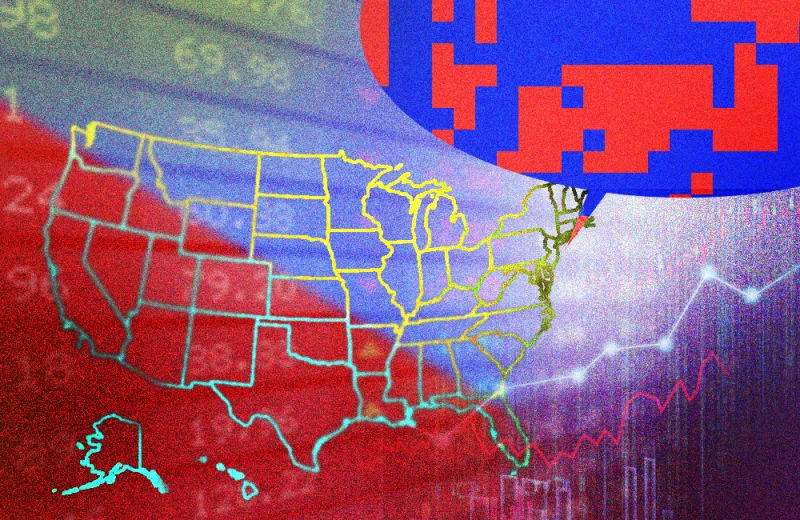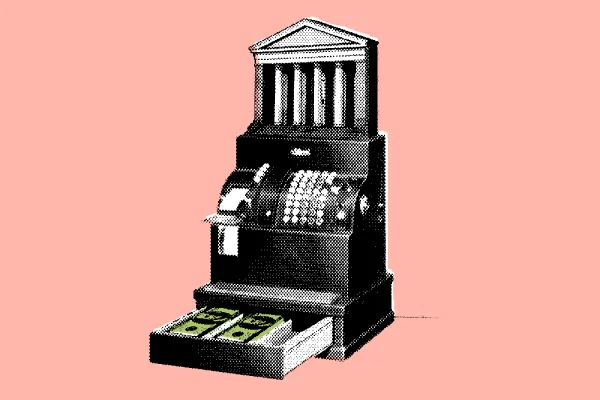Tuesday will mark the end of voting — if not outcomes — in the latest election cycle of a still polarized United States. There has been no shortage of predictions and analysis regarding the mid-terms, but the data scientists at one asset manager have taken a more scientific approach to understanding what might be extracted from the information surrounding elections.
Along with his team, Philip Seager, head of absolute return at CFM, conducted a study of election-related data seeking to establish any conclusions of statistical significance. The hope was to unearth signals that might be used in CFM strategies. While Seager is coy when it comes to specifics (“There are things we found that we choose not to talk about,” he said) the overall findings paint a picture of how elections impact markets — and vice-versa.
The input for the study included natural language processing of news, polling data, and data from prediction markets, where contracts are traded that pay based on the outcomes of unknown future events. Also included was granular data on the makeup of Congress “since the inception of the republic, going back 230 years,” according to Seager. In using the congressional data, Seager and his team also used an ideological score that categorizes members on a conservative-liberal spectrum based on their voting record.
“Over time, that’s very useful for determining the level of partisanship or bipartisanship,” Seager said.
The research further showed that the Democratic party has ideologically been fairly consistent on aggregate, and that fluctuation in partisanship generally stems from the Republican side.
“Republicans go up and down in their level of conservatism through history since the beginning of the party, and as you progress through time from the post-WWII period toward today, they have become more conservative, and the spread within the party — the infighting — is fairly wide,” Seager said.
One takeaway noted by Seager and his team is a dramatic increase in the amount of election news and “chatter” in the post-Trump era. They also tested for increases in biased news or intentional misinformation and did not see anything untoward, with sentiment measures for each party in isolation not showing any recent change in behavior.
“We use an algorithm to measure the sentiment of statements in text that involve one party or the other,” Seager said. “More data might give you a better measurement of sentiment, but it shouldn’t affect the sentiment itself.”
The difference in the sentiment measures of Republicans versus Democrats as determined by the CFM internal study has correctly predicted outcomes in nine of the 11 most recent U.S. general and mid-term elections. It has also determined that sentiment is the first thing to shift. In other words, polls don’t drive sentiment — instead, sentiment leads the prediction markets, which in turn show change before polls.
The trail of historical data leading back to the early days of the U.S. government also revealed what inspires U.S. voters to back new leadership. Another way of looking at it is to ask, “What fuels the rate of churn in Congress?”
“We regressed the absolute level of change in the House as being explained by macroeconomic variables — the stock market, inflation, leading economic growth indicators, consumer sentiment — and the only regression with meaningful metrics was the stock market,” say Seager. “When the S&P is down, that often leads to change in the House, regardless of which party is in power.”
It has long been posited that you’ll make money if you buy the market after mid-terms. Seager and his team also looked at that strategy.
“It’s borderline statistically significant, but there does indeed seem to be a positive effect if you go long for one year after the mid-term elections,” say Seager. “It would seem to indicate that the S&P systematically goes up following mid-terms more than it typically does.”
A final finding is that market volatility is higher before and after mid-terms than it is during those same periods around presidential elections. “This suggests that people in the financial markets [pay] more attention to what happens in mid-terms than they do in presidential elections,” Seager said.






